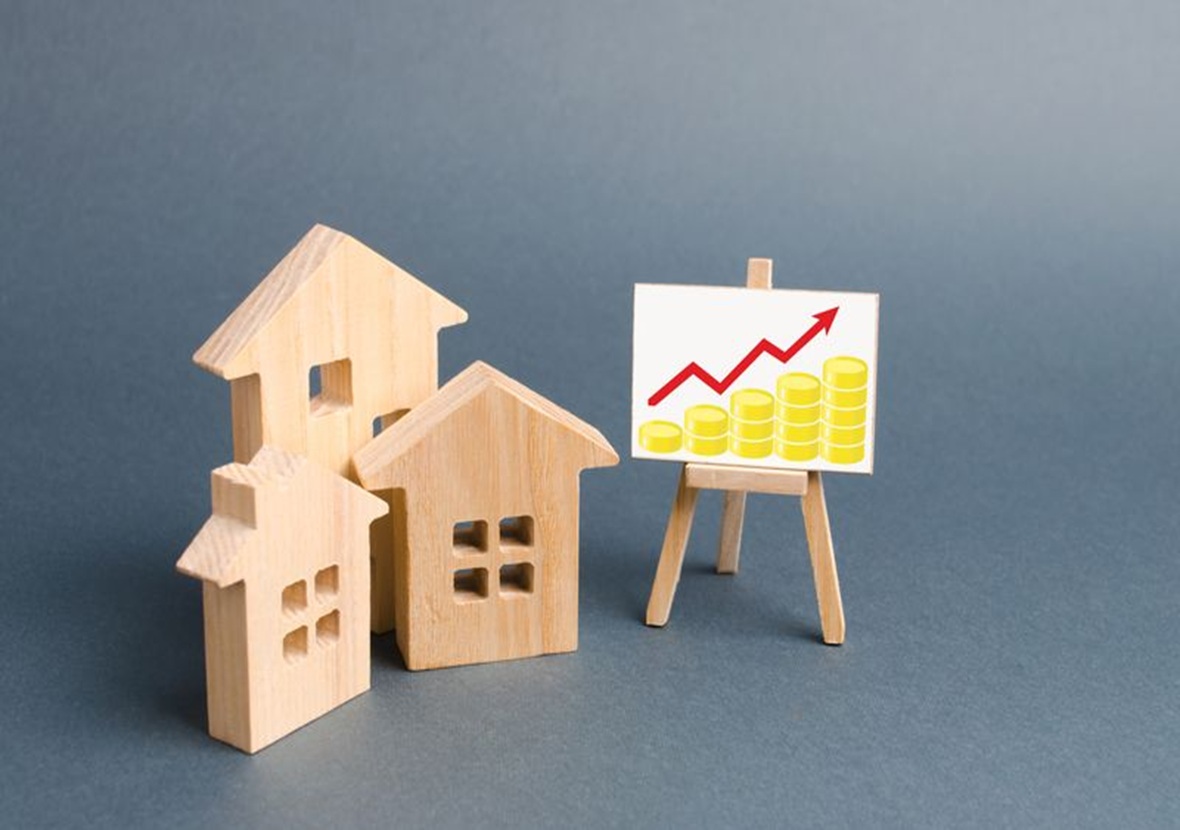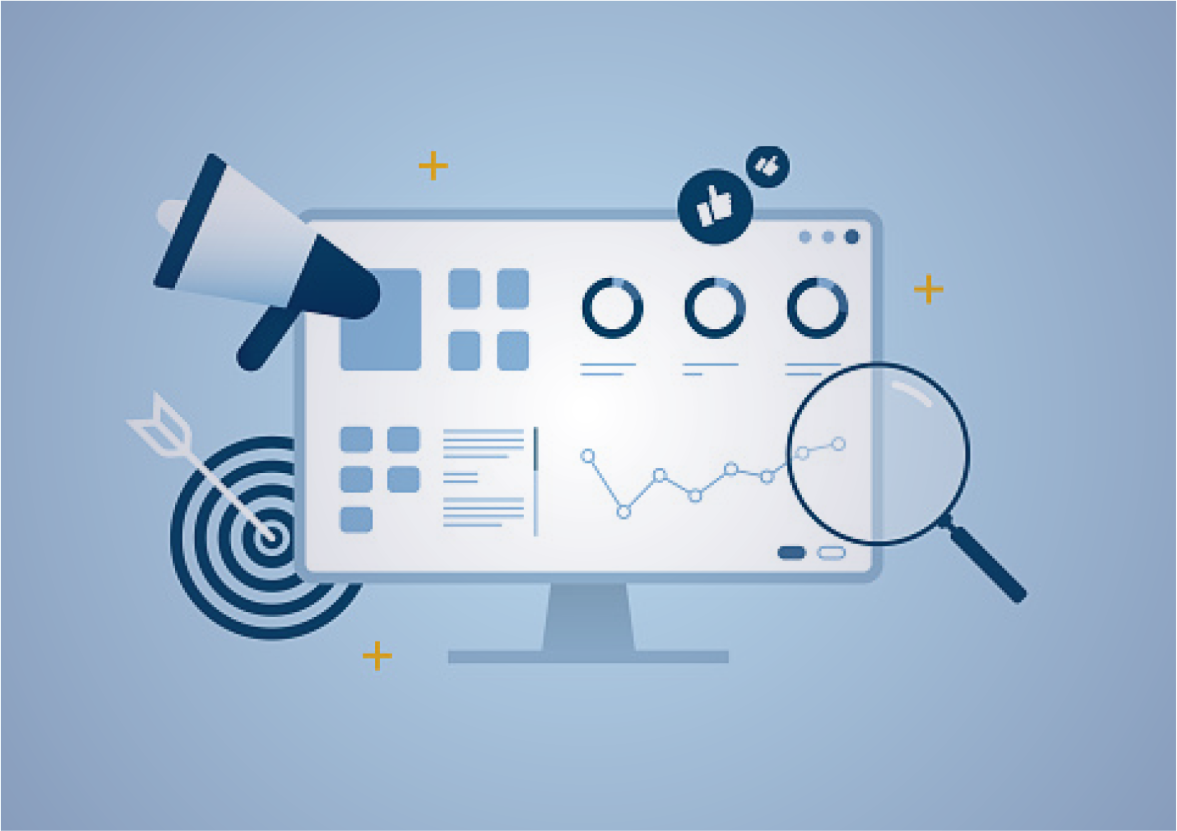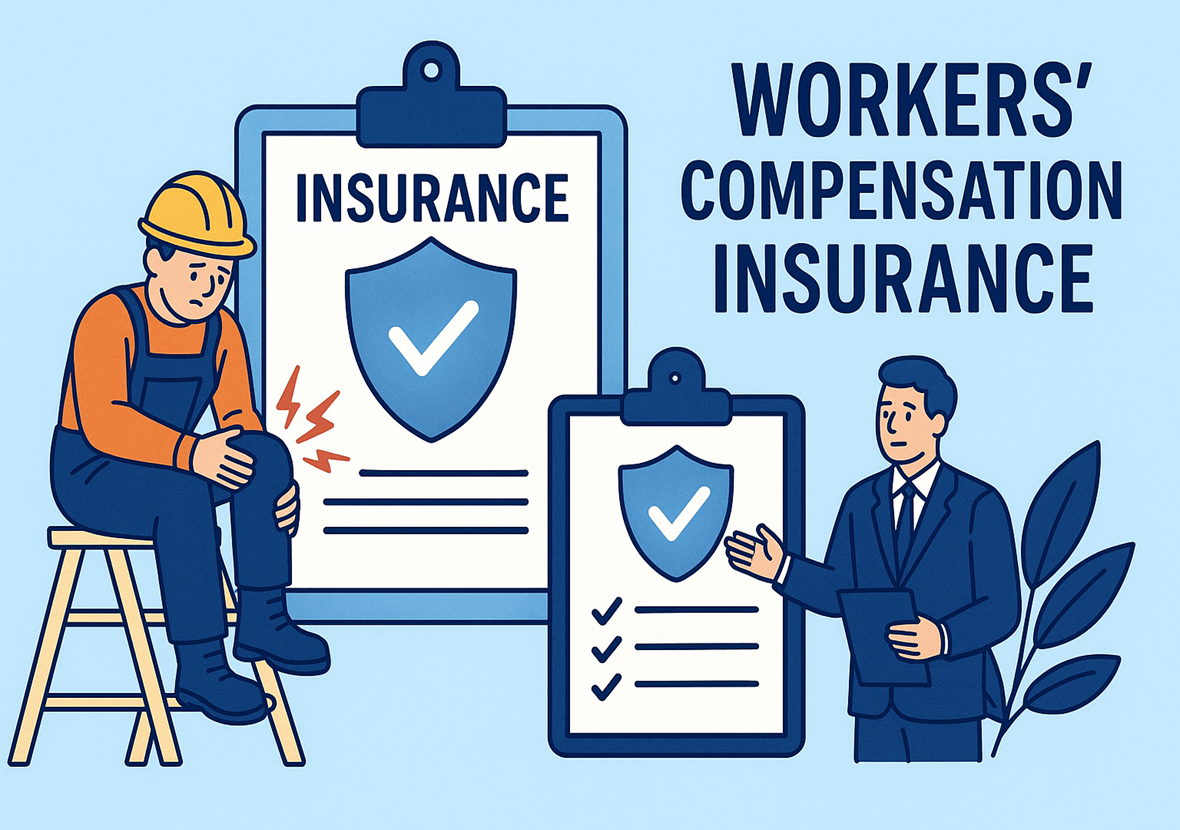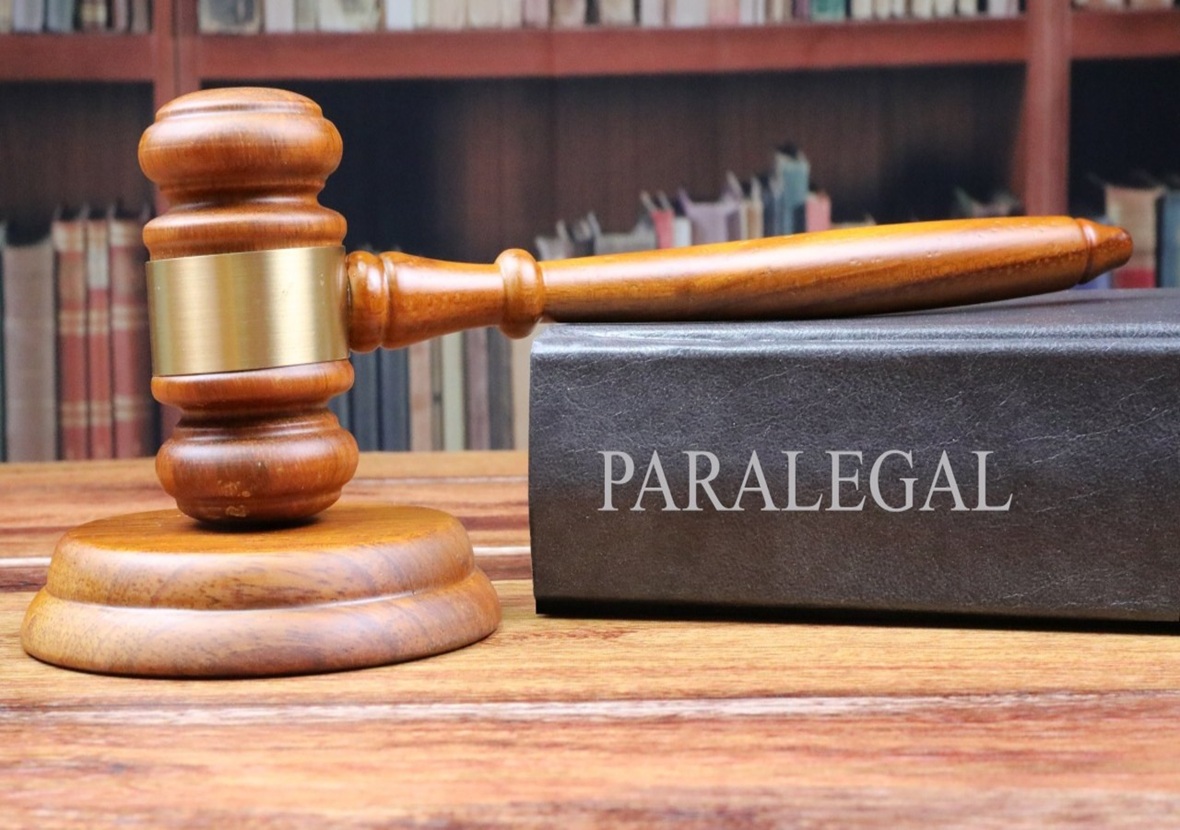How to Build an Emergency Fund in a World of Uncertainty
One unexpected event—a job loss, medical emergency, or costly car repair—can quickly destabilize personal finances. With inflation fluctuating unpredictably and layoffs occurring with little warning, financial security often feels more like a privilege than a certainty. This is why building an emergency fund in an uncertain world is not just advisable but essential.
A recent Bankrate survey found that over 50% of Americans would struggle to cover a $1,000 emergency, highlighting how precarious financial stability can be. An emergency fund serves as a critical safeguard, preventing individuals from resorting to high-interest debt when faced with unforeseen expenses.
This guide provides a comprehensive approach to creating and maintaining an emergency fund—even when financial resources are limited. It covers how to set realistic savings goals, develop consistent saving habits, stay motivated throughout the process, and protect the fund once it is established. Practical, actionable strategies ensure that financial peace of mind remains attainable, even in challenging economic conditions.
Why You Need an Emergency Fund Now More Than Ever
The world is changing fast. Economic downturns, pandemics, climate-related disasters, and geopolitical instability are making personal finance more unpredictable than ever. While some risks can’t be avoided, being financially prepared for them makes all the difference.
An emergency fund acts as a financial buffer that prevents you from relying on credit cards, payday loans, or borrowing from friends and family. It gives you the power to make smart decisions—not desperate ones—during a crisis.
Think of it like insurance, but for your everyday life. If your income suddenly stops or your expenses unexpectedly rise, your emergency savings help you stay afloat without going into debt. During the COVID-19 pandemic, many people who had emergency funds found themselves in a far better position than those who didn’t. They could cover bills, stay in their homes, and even avoid dipping into retirement savings.
In uncertain times, peace of mind is priceless. Knowing you have a cushion allows you to sleep better, plan smarter, and take risks that can improve your life in the long term.
How Much Should You Save in an Emergency Fund?
The right amount for an emergency fund varies from person to person, but a good rule of thumb is to aim for three to six months’ worth of essential expenses. This includes rent or mortgage, utilities, groceries, insurance, and minimum debt payments.
If you’re a freelancer, small business owner, or someone with irregular income, you might want to lean closer to six or even nine months of expenses. If you have a very stable job and minimal dependents, three months might be sufficient to start.
To calculate your emergency fund goal, start by tracking your monthly essential expenses. Then multiply that amount by the number of months you want your fund to cover. For example, if your monthly needs total $2,000 and you want a 6-month fund, your target is $12,000.
But don’t let big numbers scare you off. Starting small is better than not starting at all. Even $500 or $1,000 can make a huge difference in a pinch. The key is to begin where you are and build from there.
Smart Ways to Start Saving—Even If You’re on a Tight Budget
One of the biggest challenges in building an emergency fund is simply finding the money to save. If your budget is stretched thin, you might wonder how it’s even possible. But the truth is, you don’t need to make huge sacrifices—you just need consistency and a little creativity.
Start by setting up automatic transfers to a separate savings account. Even $10 or $25 per week adds up over time. Automating the process removes the temptation to spend that money elsewhere.
Next, look for small cuts you can make. Could you pause a subscription service? Cook at home more often? Use cashback apps or loyalty rewards? These micro-adjustments can free up extra dollars without drastically changing your lifestyle.
You can also use windfalls—like tax refunds, bonuses, or birthday money—to supercharge your savings. Instead of spending it all, commit to putting at least half into your emergency fund.
Side gigs and freelance work are another option. Platforms like TaskRabbit, Upwork, or DoorDash can help you earn a few hundred extra dollars a month, which can fast-track your savings without touching your regular income.
As we noted in our guide to managing personal finances on a low income, the key is to prioritize your emergency fund without overwhelming your budget. Progress matters more than perfection.
Where to Keep Your Emergency Fund for Maximum Safety and Access
Once you start saving, where should you put the money? It’s important that your emergency fund is both safe and easily accessible when you need it—but not so accessible that you’re tempted to dip into it for non-emergencies.
A high-yield savings account is a popular option. These accounts are FDIC-insured, offer quick access to cash, and typically pay higher interest than traditional savings accounts. Many online banks offer annual percentage yields (APYs) that can help your money grow a bit faster while still being safe.
Avoid risky investment options like stocks or mutual funds for your emergency savings. While those may offer higher returns, they also come with the risk of losing money—especially if you need to withdraw during a market downturn.
Also steer clear of tying your funds up in CDs (Certificates of Deposit) or accounts with withdrawal penalties. Emergencies don’t wait for your maturity date.
Having a separate, clearly labeled account just for emergencies can also reduce the temptation to spend. When the money is “out of sight, out of mind,” it’s easier to let it grow.
Staying Motivated and Consistent Over the Long Term
Building an emergency fund doesn’t happen overnight. It takes time, patience, and a lot of discipline. That’s why staying motivated is half the battle.
Set mini-goals and celebrate milestones along the way. Saving your first $500 or hitting the halfway mark to your full goal is a big deal. Treat yourself to something small—like a coffee out or a movie night—to acknowledge your progress without breaking the bank.
Visual reminders can help, too. Use a savings tracker or app to monitor your growth. Some people even use printable charts or jars with markers to see their savings physically grow.
It also helps to remember your “why.” Are you saving for peace of mind? To protect your kids? To avoid debt if something goes wrong? Keep that reason front and center whenever you feel tempted to stop saving or splurge unnecessarily.
Revisit your budget regularly to adjust your savings rate as your income or expenses change. If you get a raise or pay off a loan, increase your contributions. This keeps your momentum going and brings you closer to full financial stability.
What to Do After You Reach Your Emergency Fund Goal
Once you’ve reached your emergency fund target, congratulations—that’s a major achievement. But now what?
First, protect it. Make sure the money stays in a secure, accessible place and isn’t mixed with other savings or investment funds. Treat it like it’s off-limits unless a real emergency arises.
Define what qualifies as an emergency. Medical bills, unexpected job loss, urgent home repairs, and necessary travel due to family emergencies are common examples. A spontaneous vacation or a new phone? Not so much.
Next, shift your financial focus. Now that you’ve built a safety net, you can redirect your energy toward other goals like investing, paying off debt, or saving for a down payment on a home.
Review your emergency fund annually. As your lifestyle, expenses, or family situation changes, your savings goal may need to be adjusted. What covered three months’ expenses two years ago may not be enough today.
Having a fully funded emergency account gives you more freedom to take calculated risks—like switching jobs, starting a business, or going back to school—without the constant fear of “what if.”
https://usfonts.link/how-to-price-your-home-to-sell/
Conclusion
In a world of rising costs, job market fluctuations, and constant uncertainty, learning how to build an emergency fund is one of the most empowering financial steps you can take. It’s not just about money—it’s about giving yourself options and peace of mind when life doesn’t go as planned.
We’ve explored why emergency savings matter now more than ever, how much you should aim to save, practical tips to start—even on a tight budget—where to store your money, and how to stay motivated. The road to financial stability is a journey, not a sprint, and every dollar you set aside is a step in the right direction.
So if you haven’t started yet, today is the perfect day to begin. Whether you save $5 or $500 this month, it counts. Build your buffer, secure your future, and take control of your finances—one small step at a time.














